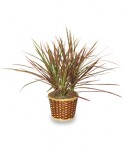Ask the Expert: What plants repel mice and rats? -Joy
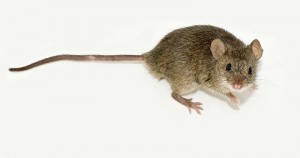 Flower Shop Network’s Plant Expert Reply: There are many plants that have pest repelling properties. You might try planting these in or around your home to keep the mice away: any type of mint, amaryllis, sweet pea, lavender, daffodils, wood hyacinth (or squill), grape hyacinth, alliums, catnip, camphor plant, elderberry, euphorbias, and wormwood.* Oak and bay leaves are also known to repel rodents. Planting any of these outside your home is a good way to deter mice and rats from coming into your house. You may also make sachets out of the leaves of some of these plants to use in drawers and closets, especially mint, bay and lavender.
Flower Shop Network’s Plant Expert Reply: There are many plants that have pest repelling properties. You might try planting these in or around your home to keep the mice away: any type of mint, amaryllis, sweet pea, lavender, daffodils, wood hyacinth (or squill), grape hyacinth, alliums, catnip, camphor plant, elderberry, euphorbias, and wormwood.* Oak and bay leaves are also known to repel rodents. Planting any of these outside your home is a good way to deter mice and rats from coming into your house. You may also make sachets out of the leaves of some of these plants to use in drawers and closets, especially mint, bay and lavender.
Flower Shop Network has not tested these, but they are known to work.
You might also like: Plants for Pest Repellent That Actually Work!


 Find Your
Find Your 


 Citrus – for natural flea control. Slice a lemon into 4 pieces. Score the skin to release more essential oil. Pour a cup of boiling water over your lemon and allow to sit overnight. Sponge onto your dog and spritz around your house. Sponge yourself before leaving the house to prevent bites.
Citrus – for natural flea control. Slice a lemon into 4 pieces. Score the skin to release more essential oil. Pour a cup of boiling water over your lemon and allow to sit overnight. Sponge onto your dog and spritz around your house. Sponge yourself before leaving the house to prevent bites.
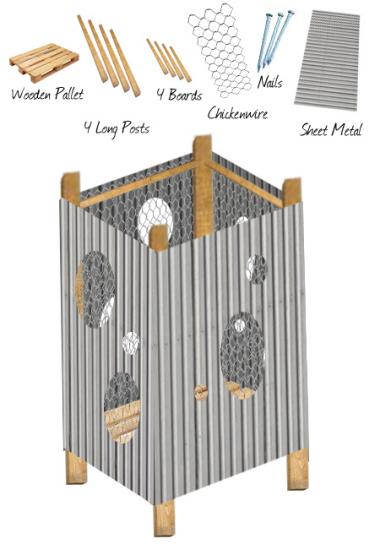
 Lavender – medicinal, culinary, aromatic, cosmetic and crafty uses. Great fragrance! I will be growing a few different kinds of lavender. I can’t wait to make my first lavender wand!
Lavender – medicinal, culinary, aromatic, cosmetic and crafty uses. Great fragrance! I will be growing a few different kinds of lavender. I can’t wait to make my first lavender wand!
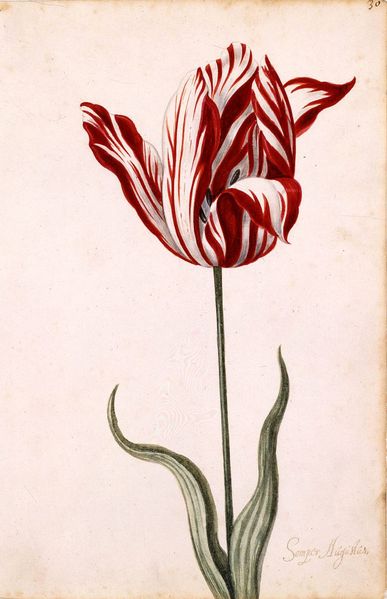 Prices of tulip bulbs skyrocketed! From seeds tulips can take 7-12 years to bloom, you needed a bulb. The demand for these bulbs was unheard of. In 1635, just 40 bulbs sold for 100,000 florins. A skilled laborer of that time only made 150 florins a year! And if you still need more proof these prices were outrageous, 1 florin today would be over $16 in U.S. dollars.
Prices of tulip bulbs skyrocketed! From seeds tulips can take 7-12 years to bloom, you needed a bulb. The demand for these bulbs was unheard of. In 1635, just 40 bulbs sold for 100,000 florins. A skilled laborer of that time only made 150 florins a year! And if you still need more proof these prices were outrageous, 1 florin today would be over $16 in U.S. dollars.
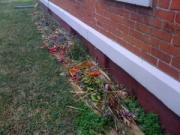 I have read a lot about cardboard mulching and began the process in late October. It is a great way to begin gardening with very little effort. Laying a layer of cardboard and mulch down before winter helps in many ways. (1) Kills all grass and weeds (2)Keeps the ground from freezing worms tend to migrate to the area (3) Enriches the soil
I have read a lot about cardboard mulching and began the process in late October. It is a great way to begin gardening with very little effort. Laying a layer of cardboard and mulch down before winter helps in many ways. (1) Kills all grass and weeds (2)Keeps the ground from freezing worms tend to migrate to the area (3) Enriches the soil Planning early can be a (plant) life saver! Most plants can grow in a variety of pH levels, however it’s a good idea to test your soil to know exactly what you’re working with. Test your soil now to see if it is ready to grow plants. The soil in our area contains a lot of clay which tends to be towards the acidic side. Clay is the most nutritious of the soil types (Sand, Silt, and Clay) but binds the roots of the plant with its density and keeps them from expanding their roots. By finding out your soil composition now you have time to correct this before its time to plant.
Planning early can be a (plant) life saver! Most plants can grow in a variety of pH levels, however it’s a good idea to test your soil to know exactly what you’re working with. Test your soil now to see if it is ready to grow plants. The soil in our area contains a lot of clay which tends to be towards the acidic side. Clay is the most nutritious of the soil types (Sand, Silt, and Clay) but binds the roots of the plant with its density and keeps them from expanding their roots. By finding out your soil composition now you have time to correct this before its time to plant.